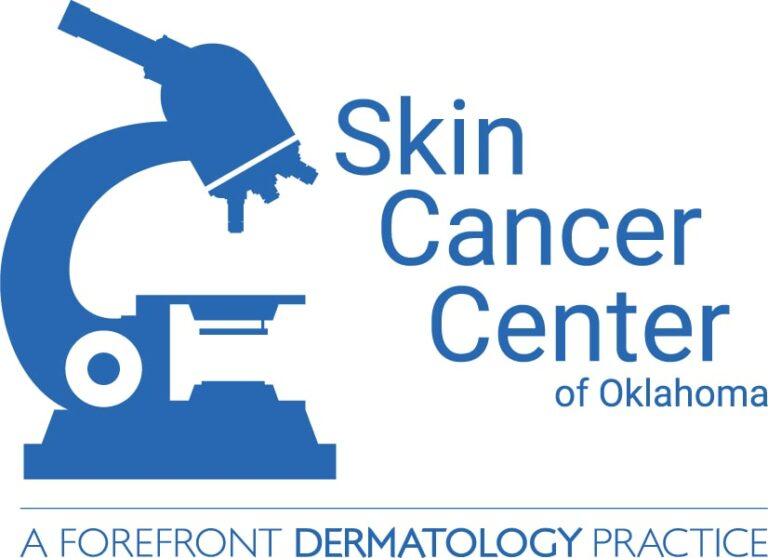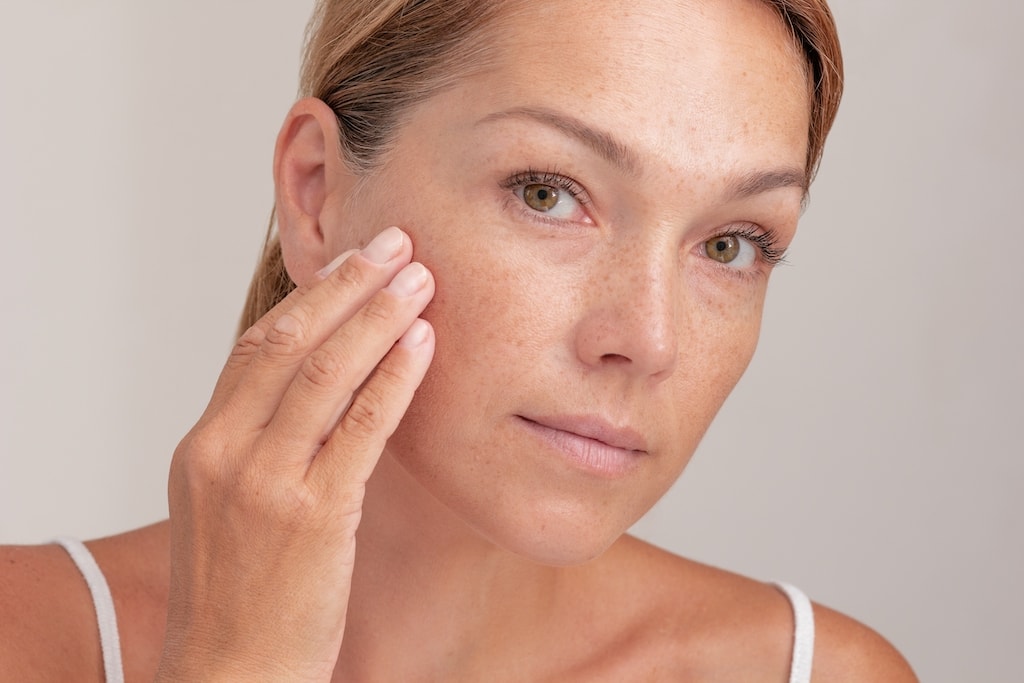Skin Cancer
What is Skin Cancer?
Skin cancer is the uncontrolled overgrowth of abnormal skin cells. This abnormal growth of cells is caused by unrepaired DNA damage, which triggers a mutation that causes skin cells to multiply quickly, forming cancer cells. Anyone can get this type of cancer, and it can occur anywhere on the body, but it’s more likely to develop when your skin is regularly exposed to sunlight.
Types of Skin Cancer
The type of skin cancer a person may get is determined by where the cancer begins. If the cancer begins in skin cells called basal cells, the person has basal cell skin cancer. When cells that give our skin its color become cancerous, melanoma develops.
Basal cell carcinoma
This is the most common type of all skin cancers and occurs in 1 of 5 Americans. Over 1,000,000 Americans will be diagnosed with basal cell carcinoma this year and we treat over 1500 per year.
It typically grows slowly and usually develops on areas of the body frequently exposed to the sun, such as the face, neck, and head. Basal cell carcinoma usually appears as a shiny bump or nodule, pink growth, or flat lesion that’s brown or flesh-toned.
Early diagnosis and treatment for are important. Basal cell carcinoma can grow deep, left untreated can penetrate the nerves and bones, causing damage and disfigurement.
The forms of treatment for this type of skin cancer include:
All of these forms of treatment are offered at our Skin Cancer Centers.

Squamous cell carcinoma
Squamous cell carcinoma also grows slowly, but it can grow deep into the skin. It frequently develops on sun-exposed skin, including the face, ears, lips, and hands, and can appear as a scaly patch, a red bump that’s firm to the touch, or an open sore.
Early diagnosis and treatment can prevent from growing deep and spreading to other areas of the body.
The forms of treatment for this type of skin cancer include:
All of these forms of treatment are offered at our Skin Cancer Centers.

Actinic Keratoses
Actinic keratosis (AK), also known as solar keratosis, is a skin disorder that causes rough, scaly patches of skin. Actinic keratosis forms on skin damaged by chronic exposure to ultraviolet (UV) rays from the sun or indoor tanning beds. Approximately 58 million Americans have one or more spots of actinic keratosis.
Actinic keratosis is a precancerous skin growth that can turn into a common type of skin cancer, squamous cell carcinoma.
Because an AK can turn into a type of skin cancer, treatment is important.

Melanoma
Melanoma spreads quickly and is the most serious form of skin cancer. It can develop within a mole that you already have on your skin, or it can appear suddenly as a dark spot or lesion that looks different from the rest of the marks on your skin. Melanoma can also appear as a black, blue, white, or red/pink lesion or mole with a jagged or irregular border.
Melanoma can be found anywhere on the body (scalp, groin, buttocks, bottoms of the feet, and between the toes).
Knowing the ABCDE warning signs of melanoma can help you find an early melanoma.
The treatment for this type of skin cancer is multi-faceted and determined by pathology.


